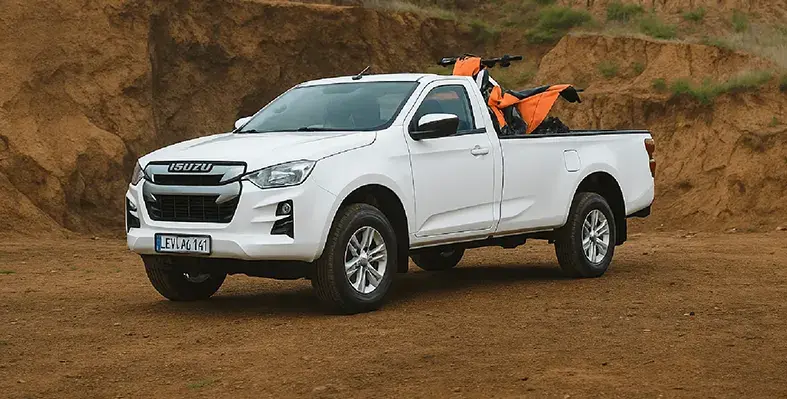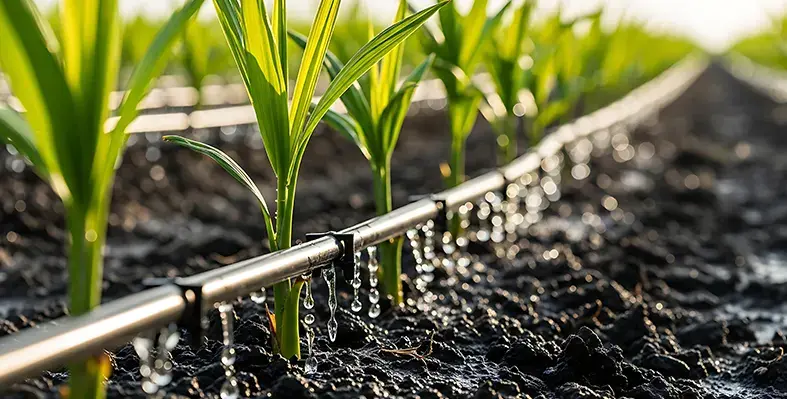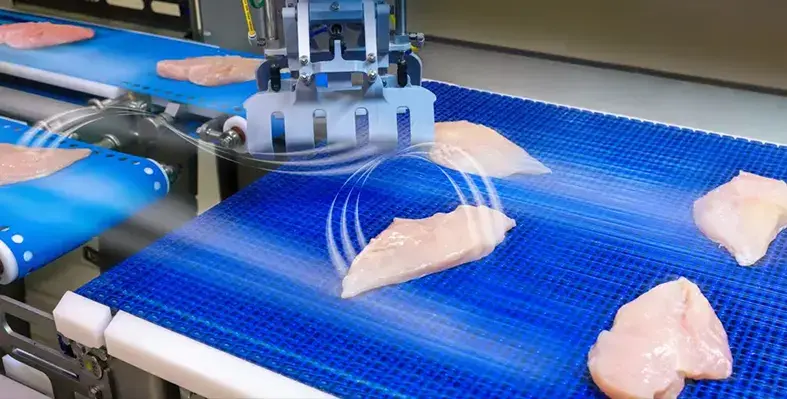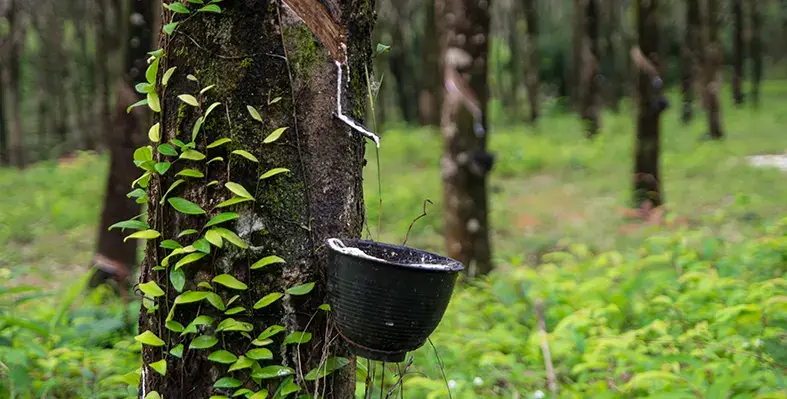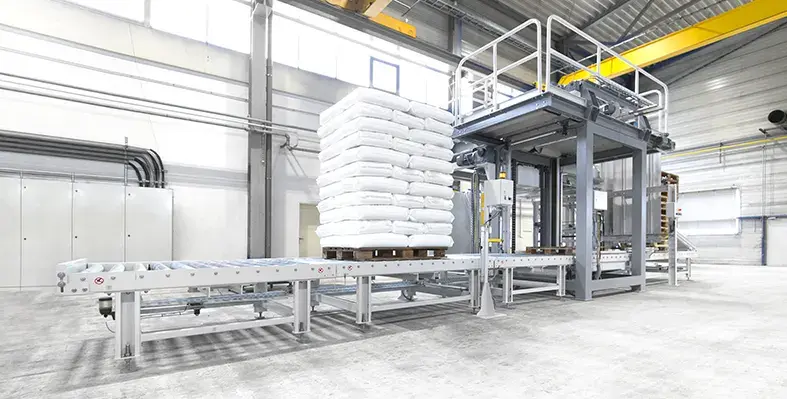
STATEC BINDER offers the perfect addition with its automatic palletizing solutions:(Image credit: STATEC BINDER)
The agricultural industry has been undergoing profound change for years
Global competition, increasing demands on product quality, and the growing need to work more efficiently are shaping the industry. Seed and grain traders, in particular, are under increasing pressure to make their processes more efficient while maintaining the highest standards.
This is exactly where STATEC BINDER comes in: with innovative packaging and palletizing machines, we offer tailor-made solutions for the specific requirements of the agricultural industry – especially for free-flowing products such as seeds or granulates.
Why Automated Packaging Is Becoming Increasingly Important in Agriculture
Traditionally, agricultural products were often packaged manually or using semi-automatic processes. However, these methods quickly reach their limits when it comes to larger quantities, consistent quality, product protection, and economic efficiency.
Automated packaging systems offer decisive advantages:
Consistent product quality: Seeds must arrive at the customer in optimal condition. Modern packaging systems ensure a consistent fill quantity and prevent damage or contamination.
Increased efficiency: Large volumes can be packaged precisely in a very short time. This significantly reduces the time required and increases competitiveness.
Cost-effectiveness: Automated solutions reduce operating costs in the long term, as fewer personnel are required and downtime is minimized.
Packaging Solutions Specifically for Free-Flowing Products
Seeds and grains place special demands on packaging: they must be protected from moisture and be able to be filled into different bag sizes – from small to large bags. STATEC BINDER's packaging systems are designed to work precisely, hygienically, and gently. Modern dosing and weighing technology ensures that each container is filled exactly. This not only avoids complaints, but also saves material and costs.
Automatic Palletizing – The Logical Addition
In addition to pure packaging, palletizing is also becoming increasingly important. After all, it is not just a matter of packaging products securely, but also of storing and shipping them efficiently and safely.
STATEC BINDER offers the perfect addition with its automatic palletizing solutions:
Secure stacking: Bags are stacked precisely and stably on pallets. This reduces transport damage and facilitates storage.
Flexibility: Different palletizing patterns allow adaptation to a wide variety of packaging sizes and logistics systems.
Time and cost savings: Automated systems work continuously and quickly – significantly more efficiently than manual palletizing.
The interaction of packaging and palletizing technology thus provides a complete end-of-line solution that optimizes the entire process from filling to delivery.
Curious to find out which options are ideal for you? Then discover the perfect solution for packaging and palletizing your product here: STATEC BINDER Solutions





